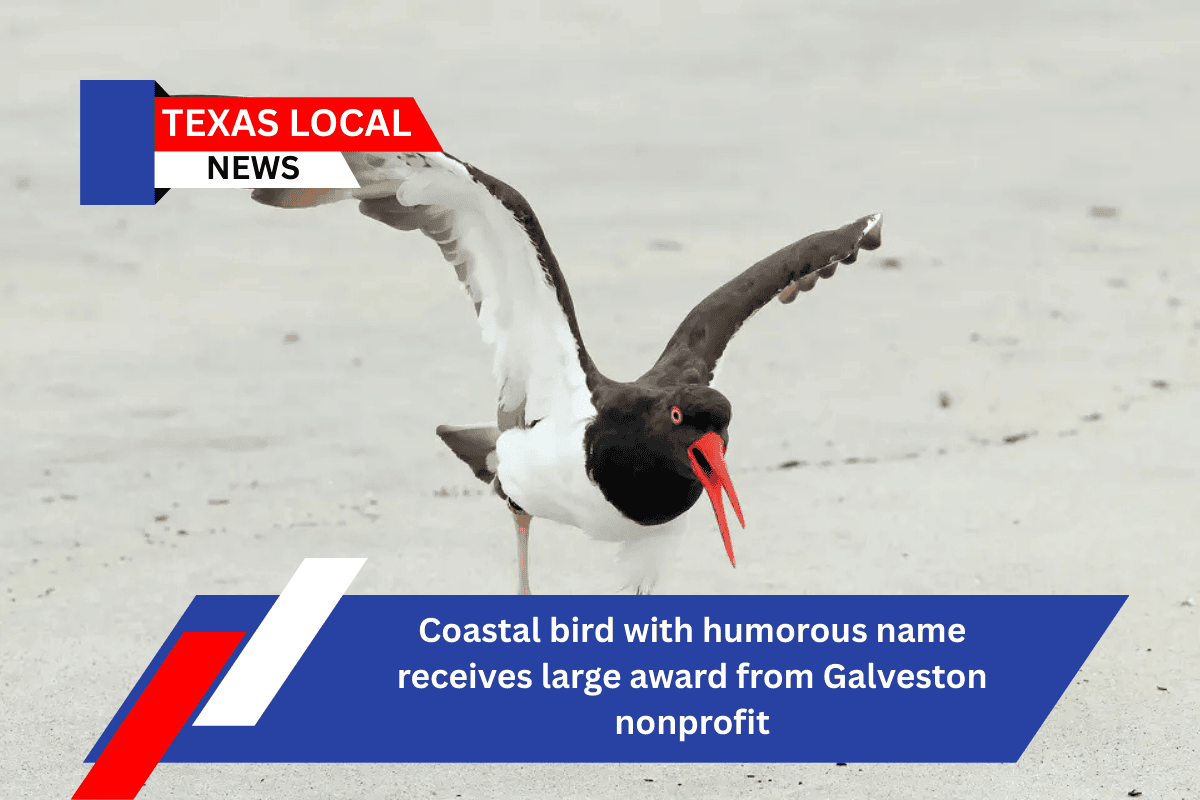American oystercatchers are curious, territorial shorebirds known for their ability to hunt crabs and open clams one-handed. They used to dwell in Jones Bay, a sliver of Galveston Bay between West Bay and the mainland that was easily accessible via the Interstate 45 causeway.
However, according to the Galveston Bay Foundation, the Gulf Coast Bird Observatory reported a decline in the number of oystercatcher nesting pairs around Jones Bay beginning in 2011. Erosion, land subsidence, and increasing sea levels all took their toll, forcing the little islands that birds rely as nesting grounds to vanish.
Things began to improve, however. Earlier this week, the Galveston water Foundation revealed that it had restored one acre of nesting islands and 1.4 acres of oyster reefs in the water. After at least eight years of procuring money, finalizing design, and gaining essential permits, the actual building took only eight weeks.
Project manager Sally Clark, the foundation’s director of habitat restoration, attributed the project’s success to the foundation’s many partners, which included the US Fish and Wildlife Service’s Coastal Program, Texas Parks and Wildlife, the Texas Commission for Environmental Quality’s Galveston Bay Estuary Program, and Ducks Unlimited.
“We conducted numerous site visits during construction, and it was incredibly rewarding to see oystercatchers and other birds already utilizing the space,” Clark told Chron in an email Tuesday.
According to Clark, Jones Bay has historically had a great number of oyster reefs, which, as the bird’s name implies, are an important part of its diet. To combat the birds’ proclivity to establish their nests in low-lying regions, the foundation constructed fresh islands of limestone rock.
“With erosion, subsidence, and sea level rise, the waves would wash over the old islands and wash away any nests they had tried to establish,” according to Clark. “The goal of this project was to raise the nesting elevation so that the islands can be resilient for years to come.”
Increasing the number of reefs in the bay gives oystercatchers with more feeding habitat as well as other ecological benefits, Clark explained.
Two major ones are purifying the water and preserving the shoreline from erosion and storm surge. The organization believes that the initiative, the first of its kind in Texas, would serve as a model for future coastal preservation projects.
According to Clark, the foundation and Gulf Coast Bird Observatory will monitor the new islands for five years to assess oystercatcher nesting success.
“Habitat restoration within Galveston Bay is an ongoing effort, and we will continue to meet the changing needs of the Bay with projects like this one,” she told the audience.
